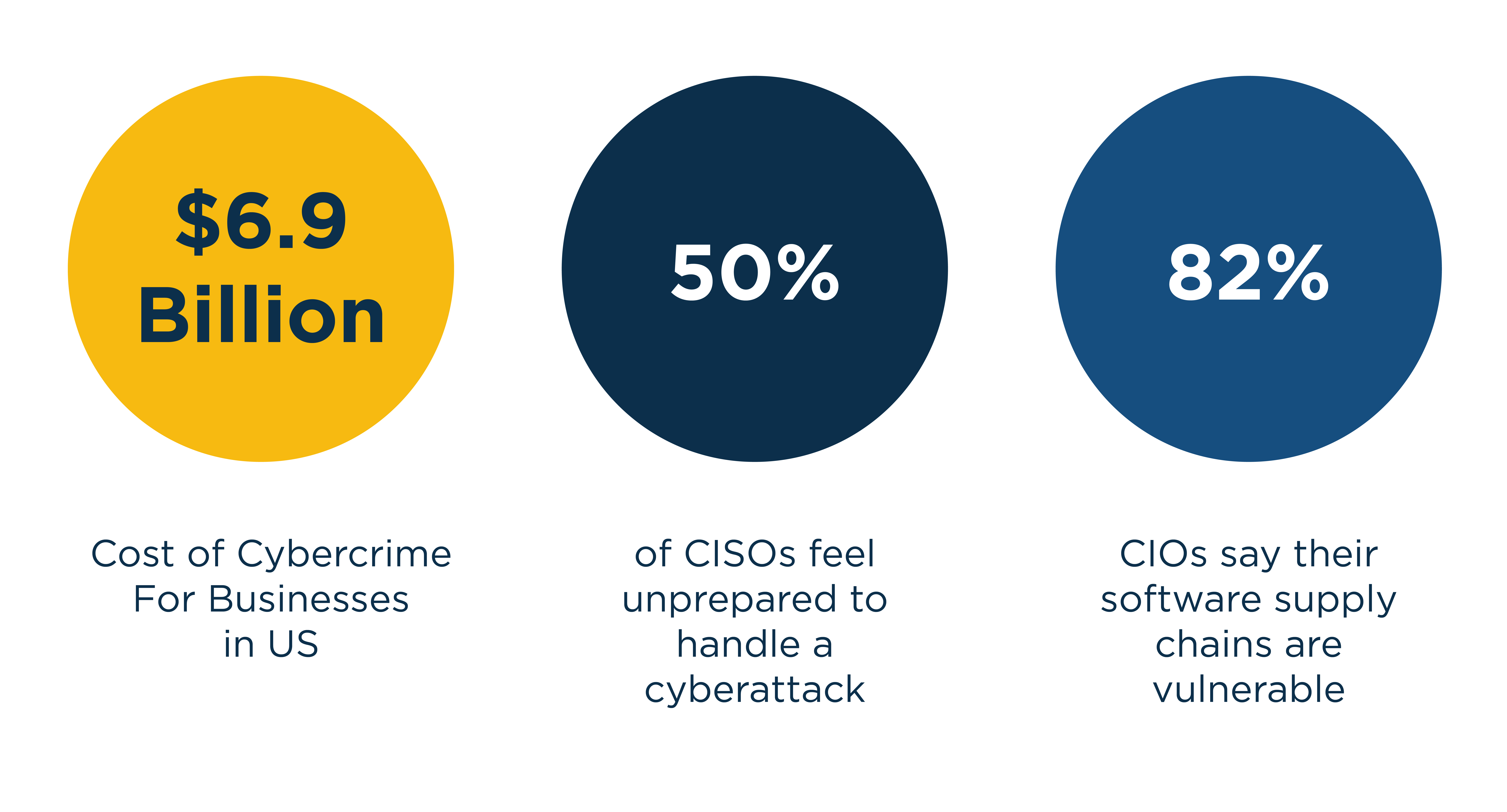Cybersecurity has been a passion for me over the years. At this year’s National Summit, I was able to talk about Cyber risk management, share what I know, and bring in some vendor experts who I truly respect — Justin Lyle-Purdy, Sales Director with AT&T/ACC Business; Matt Briggs, Director of New Business Development for Dyopath; Dave Rodgers, Senior Manager, Solutions Engineering with Fusion Connect; and Jeremy Wood, Director of Platform Adoption at Lumen.
The key to Cybersecurity is the fact that it’s an ongoing process of identifying, analyzing, and remediating the organization’s Cybersecurity threats. A few components that should be in place for every organization include:
- Policies and Procedures
- Identification of emerging risks
- Testing of the overall security posture
- Documentation of vendor risk management & Compliance
This is not a service you can set and forget. Your approach has to be nuanced, complete, monitored, and revisited. There’s a lot on the line and a lot of uncertainty. Here are a few numbers from a 2022 Forbes article:

Just stop for a moment and take that in — the economic cost and the fact that high-level professionals and C-suite leaders are concerned about what’s coming and lack confidence in their current level of preparedness. It’s why customers are receptive to talking about security and the services available. The threats are wide. The response, through necessity, needs to be just as expansive, which can be tough when resources like adequately trained and knowledgeable personnel can be hard to find.
Over the rest of the hour, I spoke about the types of attacks, including ransomware and phishing; key terms and weaknesses; the types of solutions that can help organizations reach towards their goals for preparedness; and the many ways that they can be delivered through our 200+ strong portfolio of Providers. My guest panelists spoke about their observations, unique approaches, and outlooks for the future.
This is a very dynamic field, and it can be hard to keep up. The level of industry dialog, including organizations dedicated solely to evaluating the different solutions/approaches, is staggering. The blueprint many people follow is the NIST Cybersecurity Framework, with its very logical pillars of Identify, Protect, Detect, Respond, and Recover. However, these pillars themselves can be built in so many different ways, incorporating managed services and/or having IT departments take on some of the burden. (With the shortage of qualified security specialists, for many, in-house staffing isn’t even considered.)
To get the full value of this program, go watch or rewatch the session recording. Download the presentation deck. Be prepared to start and stop the video to take notes. You don’t need to memorize all this content. Your Sandler Partners team is here to be your experts and join in the conversation with existing and prospective customers.
Want to learn more about Security Fundamentals, Cybersecurity and having these conversations with customers? Want to know more about the support you can receive from the Sales Engineering team or just break the ice? Email me directly at [email protected]. You can also learn more about the team by visiting the Sales Engineering page on our website, or reach out to [email protected] and we’ll get right back to you!
Author:
Eric Beller
Eric Beller, SVP, Sales & Complex Solutions, assists Partners with developing everyday technical solutions in the central region, and complex solutions across the nation. Our resident Cybersecurity expert, we leverage his technical and personal expertise to solve customer’s business problems while also ensuring an elevated experience.
